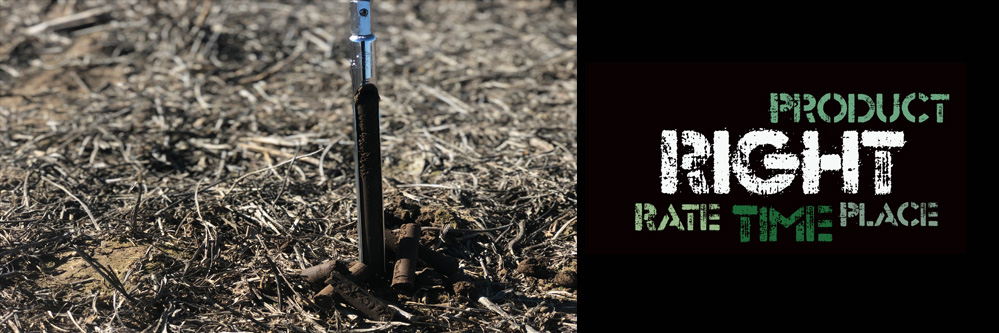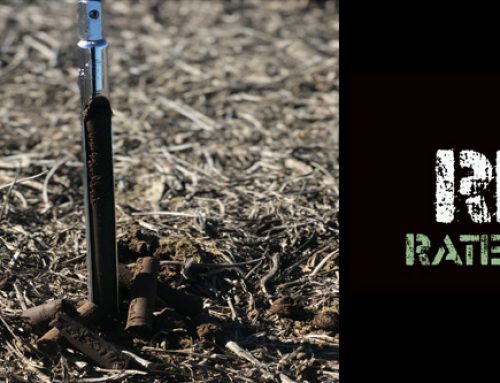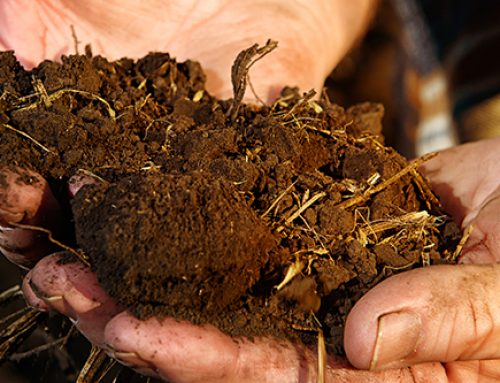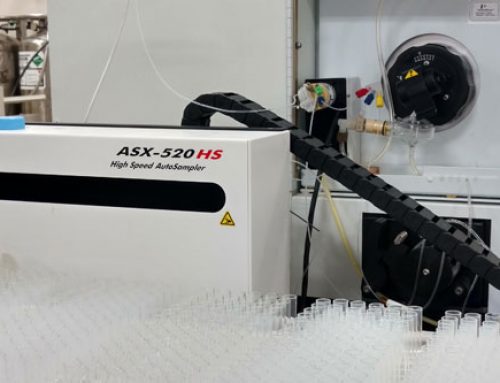As with any biological system, very few decisions about production inputs in your operation ever have a single solution. The advantages and disadvantages of the options need to be thoroughly analyzed. Agronomists often consider the four R’s when developing a fertilization scheme: The Right product, at the Right time, at the Right rate, at the Right place. Specifically considering nitrogen fertilization options, growers have many viable choices to meet their goals.
Nitrogen is unlike many other soil applied nutrients in that the principle form found in soil carries a negative charge and is thus an anion. Anion’s are not tightly bound to soil particles and as such readily move with the soil solution. The effect of this is that, provided there is adequate moisture, most any application method for nitrogen will be efficacious. It’s that simple. Apply your fertilizer, water it in, and results are assured… well, maybe not quite. Growers in rainfed production systems no doubt noticed the imperative caveat in that statement; you need moisture to make many application schemes work. There are other concerns as well, such as the significant losses that can occur if nitrogen is improperly applied.
Growers with limited rainfall or irrigation have fewer choices to get nitrogen into their system. However, adjusting some of the “R’s” of their plan will enable success. The Right time may mean a fertilization event coincides with precipitation rather than crop demand. The Right place will often mean applying nitrogen directly into the soil, perhaps by using a coulter for side dress applications in lieu of surface applications. The Right product could include treating surface applied urea, UAN liquids, and manure with a urease inhibitor to minimize ammonia loss while waiting on an incorporation event. There is some benefit to getting nitrogen into these systems; the risk of it leaching is not as great.
As mentioned above, nitrate moves with the soil solution, thus leaching out of the rootzone quickly in high moisture environments. Again, examining the “R’s” can help mitigate the risk of loss in these situations. The Right rate can have a significant effect on leaching losses. The proper rate for any single application can generally be estimated using the cation exchange capacity, or CEC, of the soil. A good rule of thumb is not to apply more than ten times the CEC in pounds of nitrogen per acre. As an example; growers with a very sandy soil, CEC of 5, should try to avoid application of more than 50 pounds of nitrogen at any one time. Growers with heavier soils can apply higher rates with lower risk of loss.
Choosing the Right product can also limit leaching loss. Nitrogen applied in the ammonium form or anhydrous ammonia, which converts to ammonium, are not as prone to leaching. This is because ammonium carries a positive charge, a cation, and is bound to soil particles. Ammonium is eventually converted to nitrate by soil microbes, so again, adjusting the Right product may include a nitrification inhibitor to slow the conversion. The Right time will also influence the conversion, as it is very slow in cold soils. Anhydrous ammonia applied in late fall is generally not at risk for leaching loss over the winter.
Nitrogen applications offer a lot of flexibility, however there are some pitfalls. Other vital considerations include cost, ease of handling and application, and grower infrastructure. As always, the best advice is to closely work and consult with your Crop Quest Agronomist to determine the best fit for your operation.
Written by: Logan McGarrah, Area Manager





